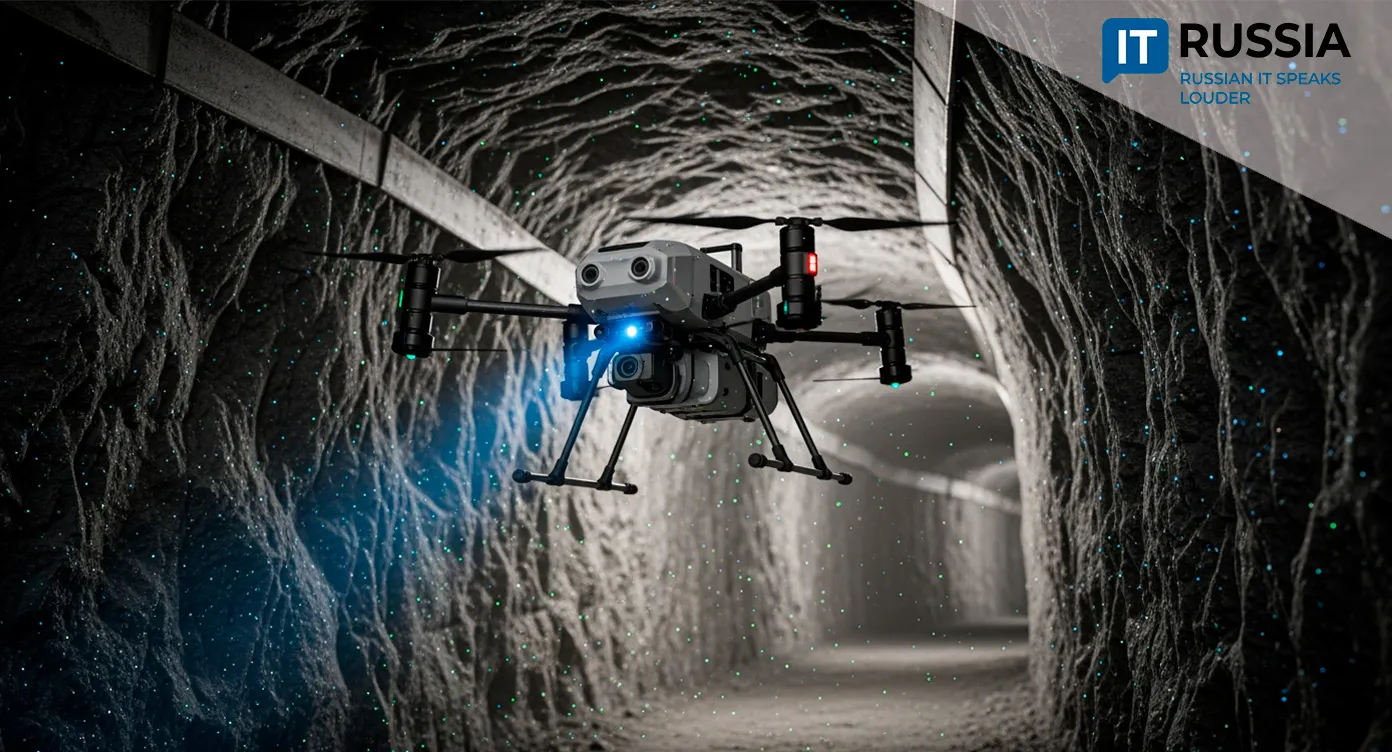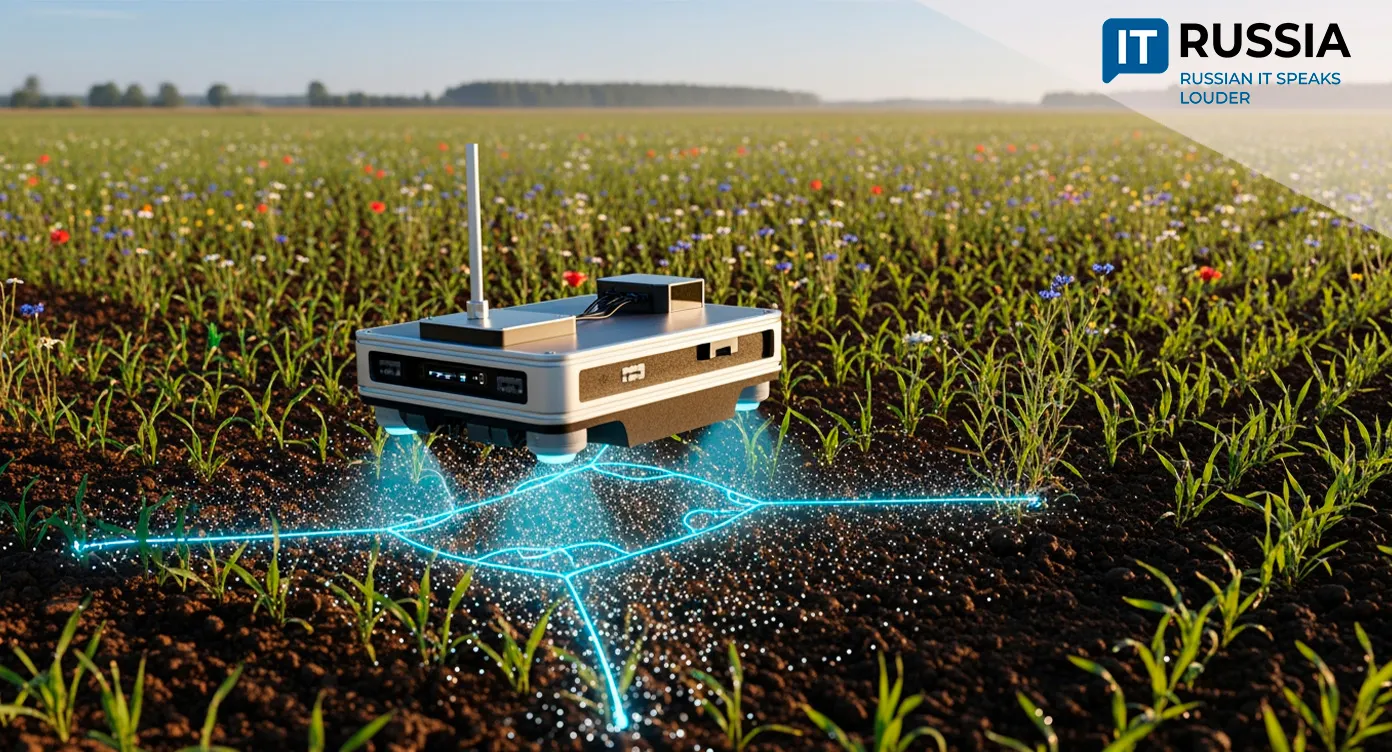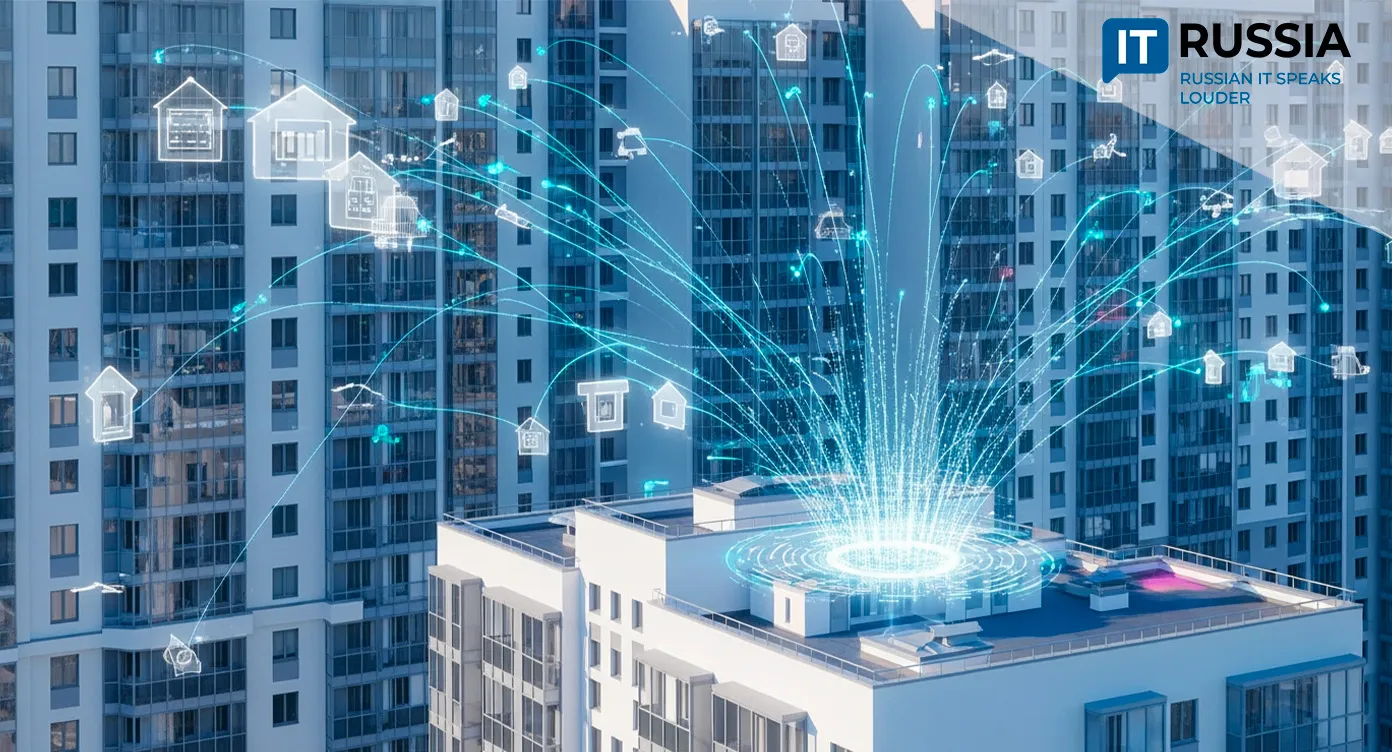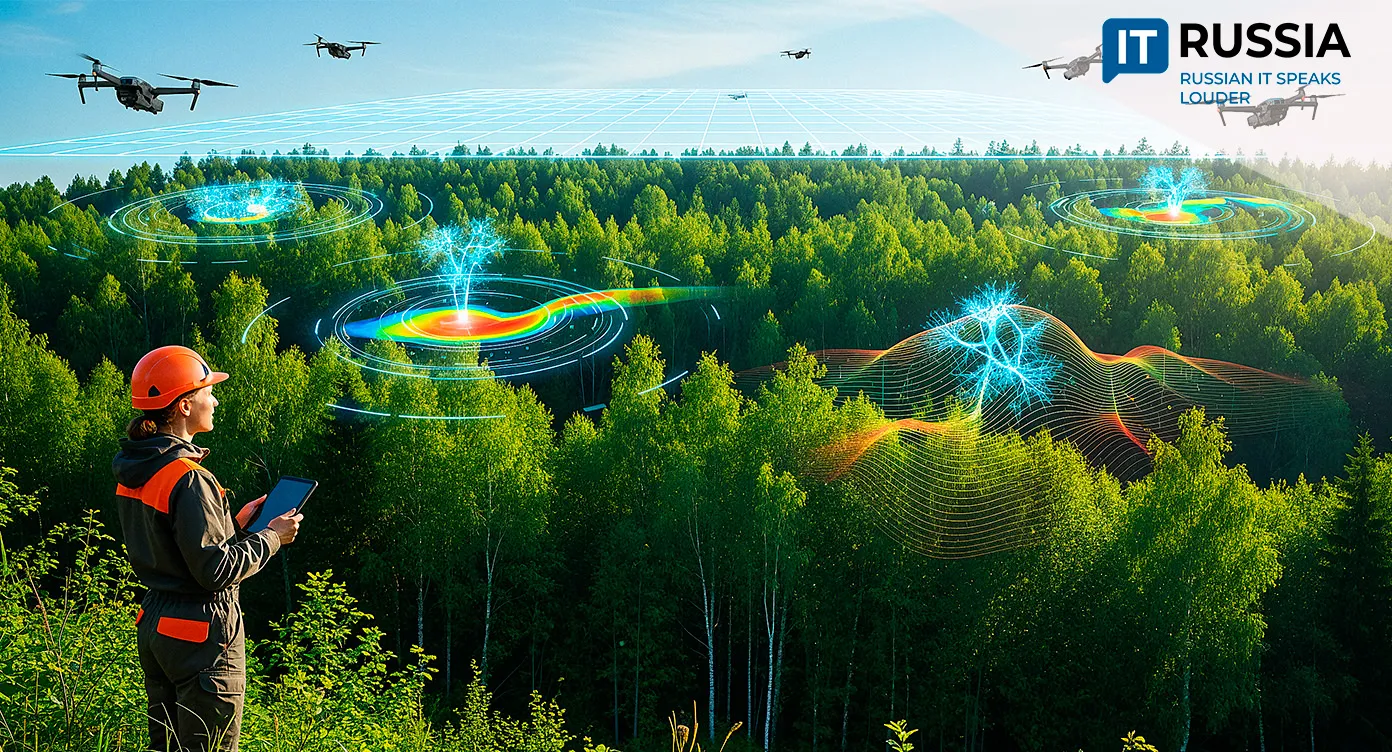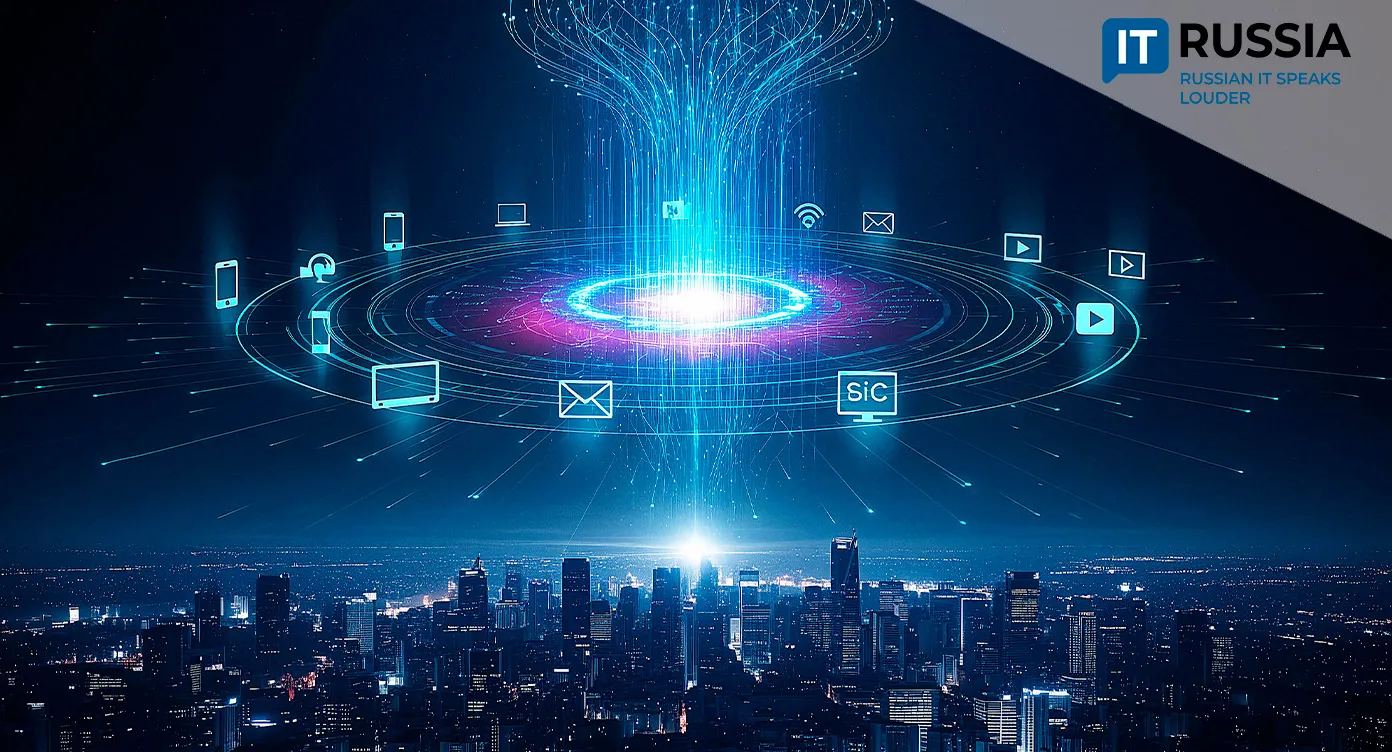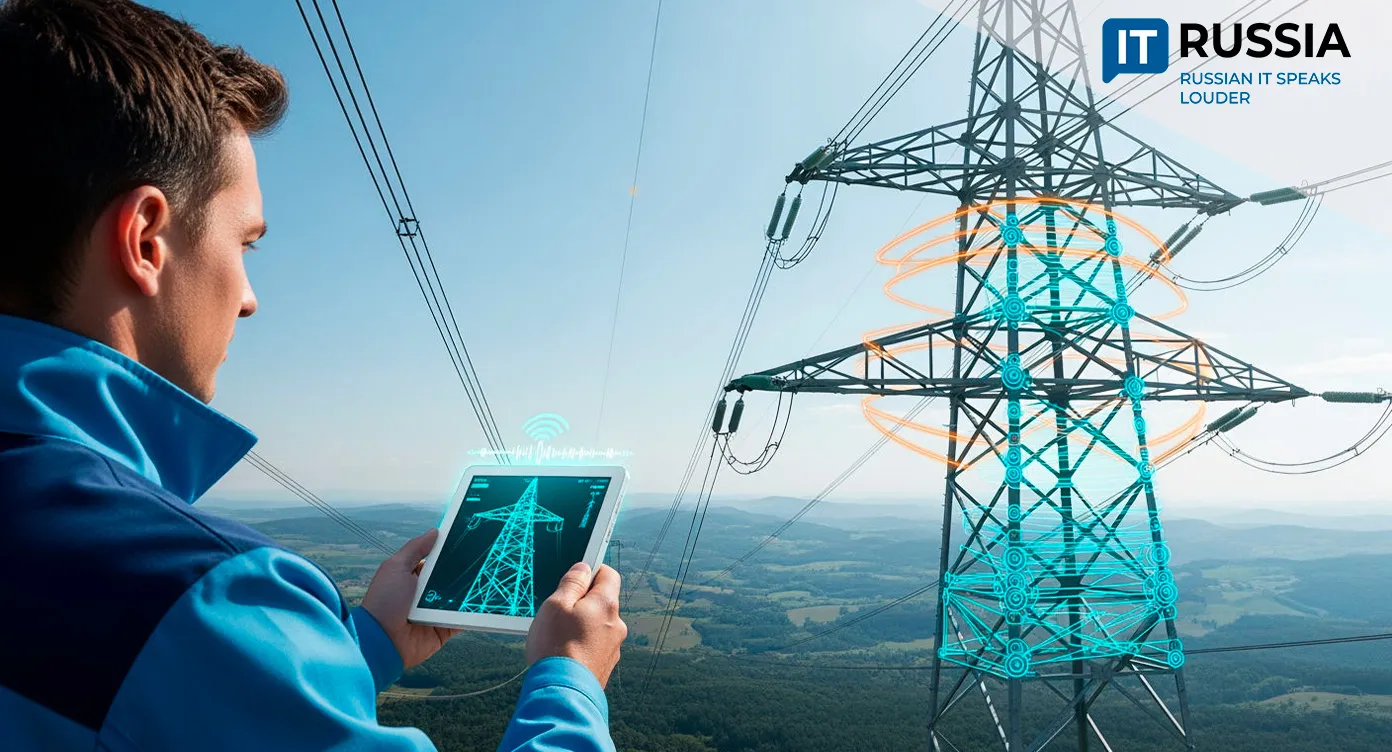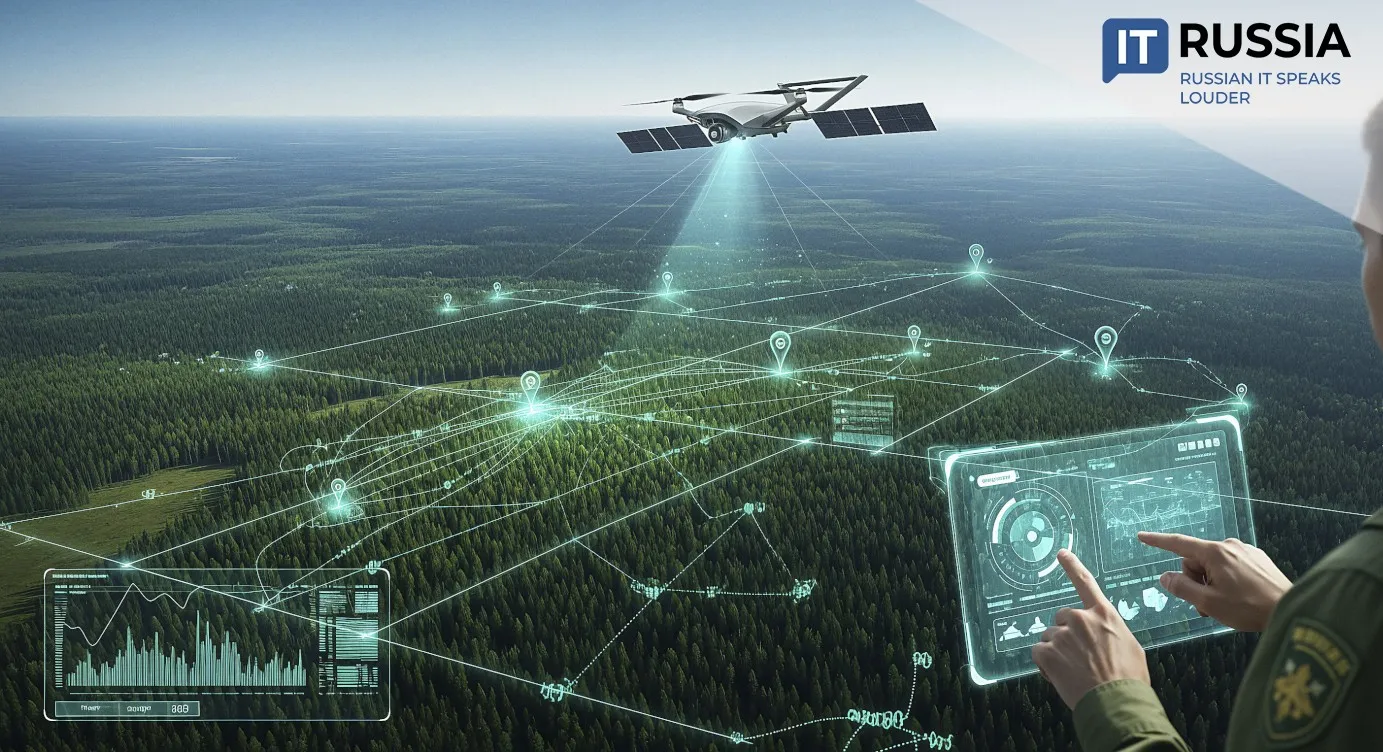Smart Grids as the Nervous System of Future Cities: How Russia is Building Scalable Urban Intelligence
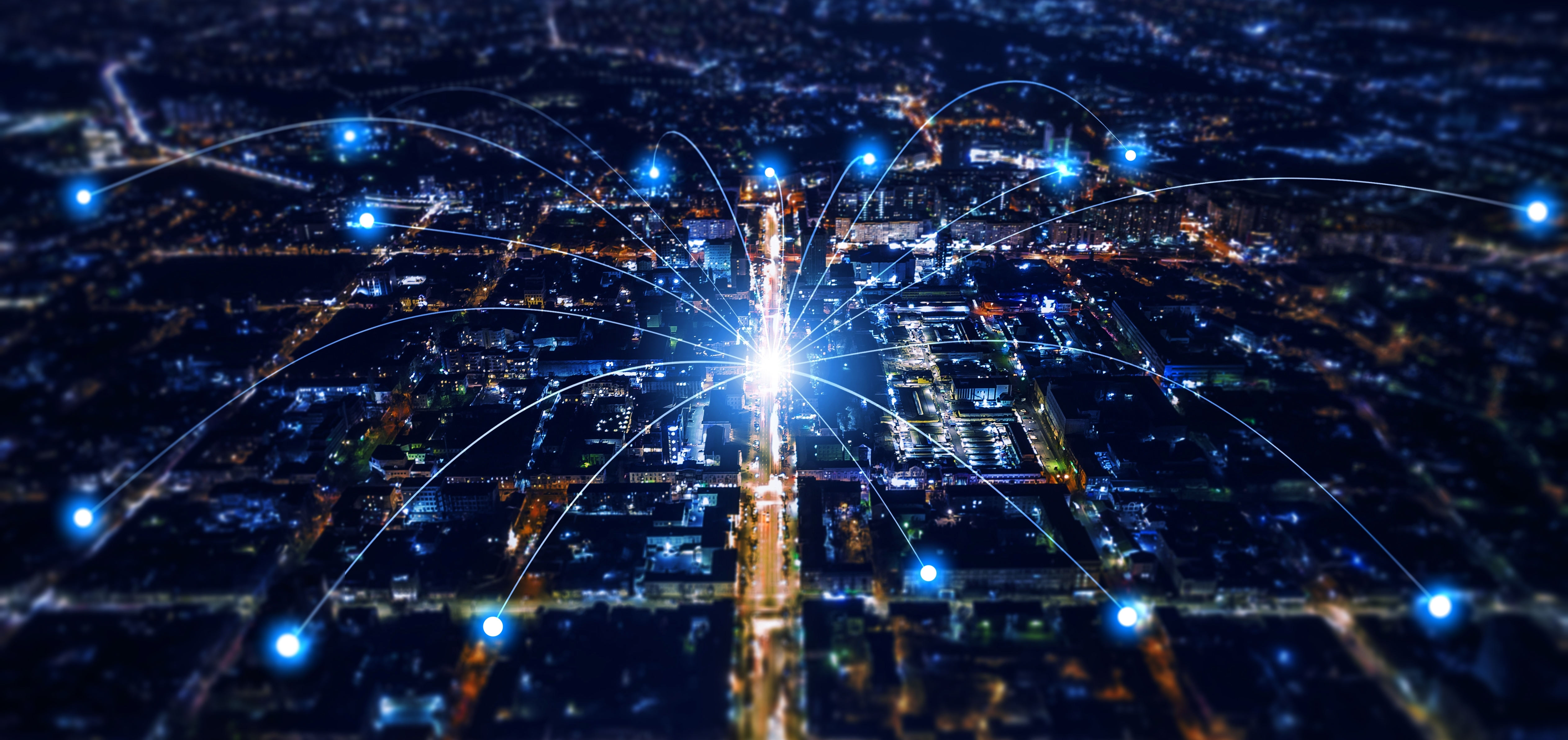
As cities grapple with the twin pressures of rapid urbanization and climate change, digital transformation is no longer a futuristic vision—it’s a survival strategy. Nowhere is this more evident than in Russia, where smart grid infrastructure is rapidly emerging as the foundation of resilient, energy-efficient urban systems.
From predictive analytics to decentralized renewables and AI-driven load balancing, Russia’s model is not only reshaping its domestic utilities but also positioning the country as a global provider of scalable smart city technology—particularly for markets in Africa, the Middle East, and the BRICS bloc.
The Technological Backbone
Smart grids are tackling some of the most pressing challenges in urban energy management. A key component is the seamless integration of decentralized and renewable energy sources. One notable example is Lake Baikal, where micro-energy systems powered by solar and wind are replacing diesel generators in remote settlements—cutting emissions and reducing energy costs.
In Irkutsk, neural network algorithms known as ANARES have doubled the accuracy of energy consumption forecasts, helping prevent outages and optimize grid loads. Meanwhile, smart meters in cities like Moscow, Kazan, and Tyumen have eliminated manual data collection and improved billing transparency for end users.
Russia’s smart grid infrastructure is built on three pillars:
- Digital Twins: These highly detailed virtual replicas of physical networks allow operators to run simulations, identify vulnerabilities, and prevent 15–20% of potential system failures.
- AI Controllers: These enable real-time dynamic load balancing, automatically redirecting energy flows between districts and generation sources to maximize efficiency and reduce operational costs.
- IoT Sensor Networks: Thousands of sensors monitor grid equipment 24/7, shifting utilities from scheduled maintenance to predictive servicing—improving reliability and lowering maintenance expenses.
Economic Payoff and Global Reach
The results are already paying off. Smart grid systems are cutting network operation costs by up to 20% by minimizing transmission losses. In Moscow, smart street lighting has slashed municipal electricity consumption by 15%.
Under Russia’s Digital Economy initiative, 37 pilot cities have implemented scalable models that are now being exported to regions in need of infrastructure modernization—particularly in Africa, where grid access remains limited. Russian platforms for managing energy clusters offer adaptive, modular solutions that have garnered interest from BRICS nations and emerging economies in the Middle East.
Toward a Systemic Shift
Smart grids are not operating in isolation—they’re becoming integral to the wider digital city ecosystem. For example, data from EV charging stations is now feeding into energy demand forecasts, allowing more precise load management. Cybersecurity, long a concern in critical infrastructure, is addressed through blockchain-based technologies—similar to those used in finance and e-voting—ensuring robust data protection and resilience against cyberattacks.
This shift signals a broader transformation: smart grids are no longer just about metering or automation. They’re the structural framework for the cities of tomorrow—where energy, data, and citizen engagement converge in a seamless, responsive urban system.
Global Implications
Russia’s experience shows how a top-down, system-level approach to smart infrastructure can yield rapid gains. The technologies piloted across Siberia and central Russia are now being packaged for international deployment, bringing modern energy solutions to regions from the Arctic to the Sahara.
In a world searching for adaptable, efficient models of urban sustainability, Russia’s smart grid framework offers both a proof of concept and a platform for global cooperation.




